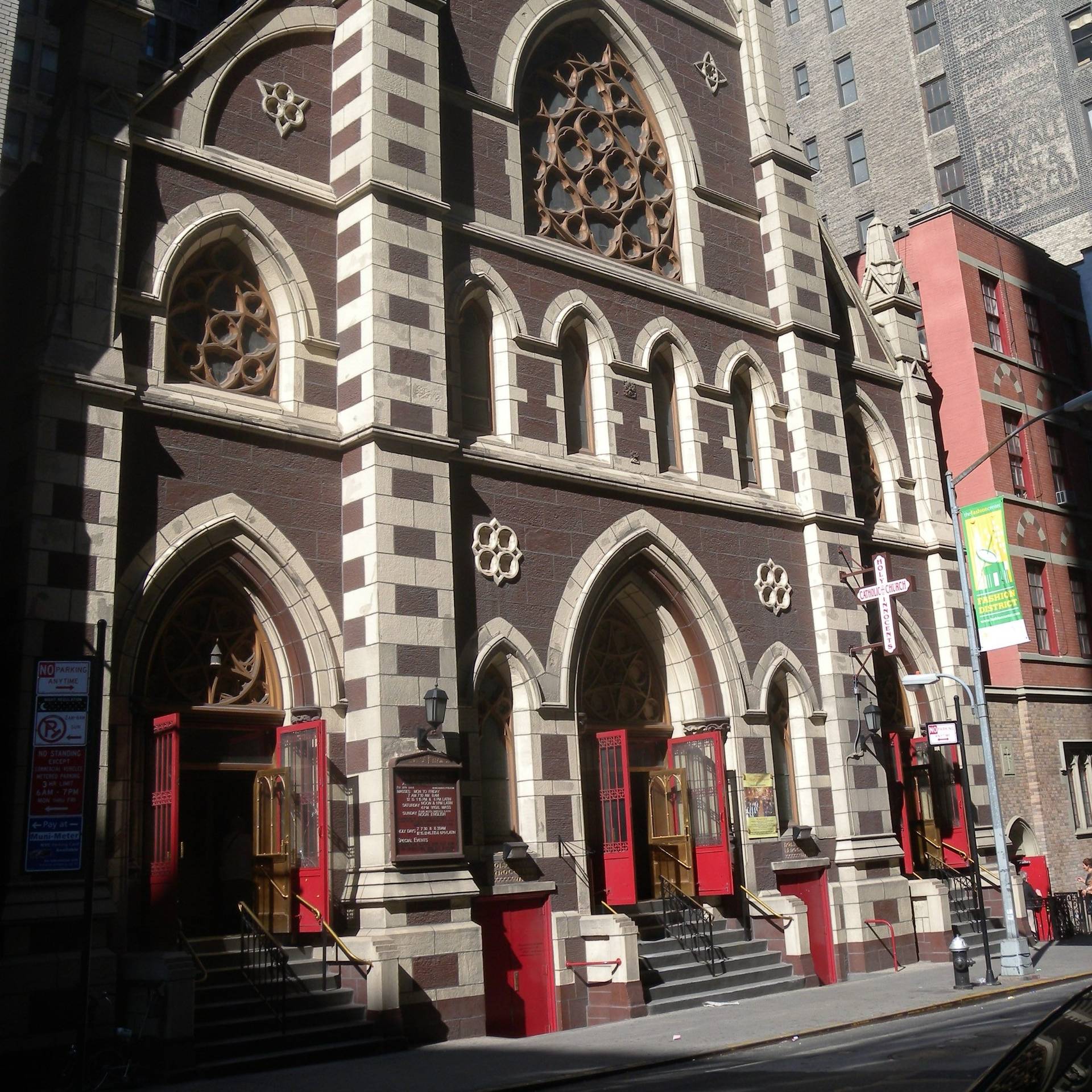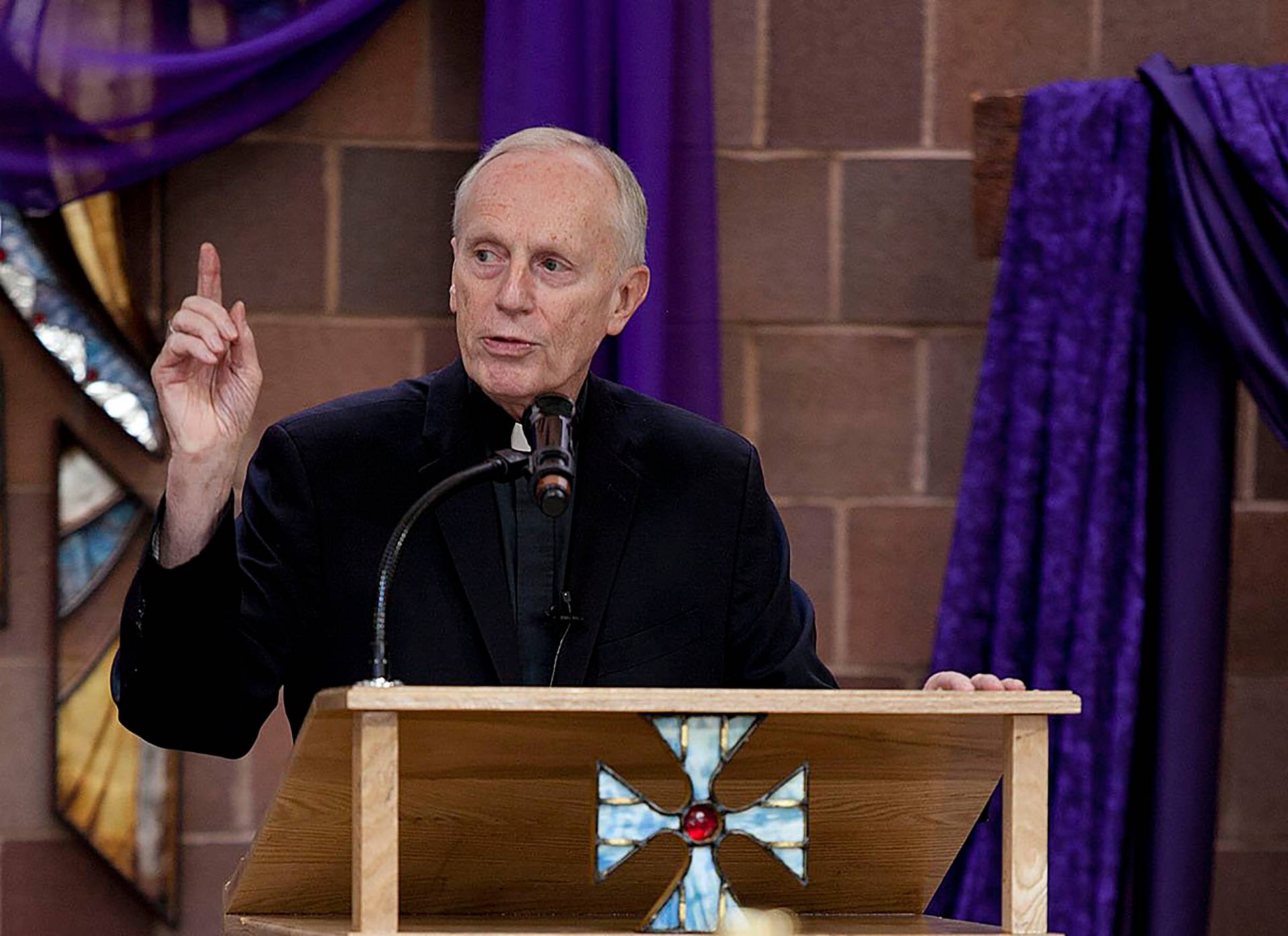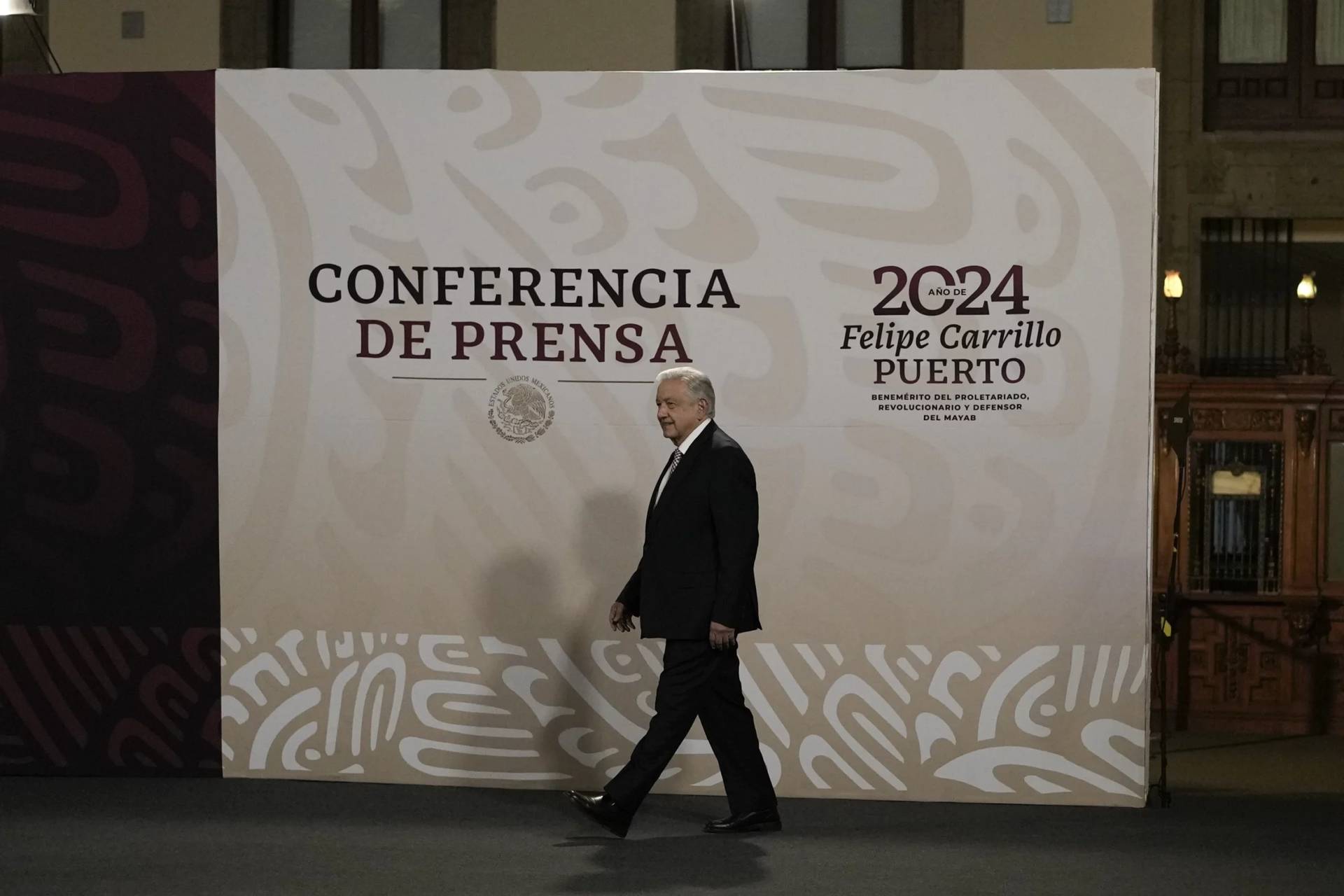BUENOS AIRES — Granted, it is hard to know how much of what Donald Trump promised he would do he really has any intention of doing. As PayPal millionaire Peter Thiel observed during the campaign, while the media took Trump literally but not seriously, those who voted for him took him seriously but not literally.
But it is safe to assume that Trump can be taken both literally and seriously when he spoke of his plan to seal the US-Mexican border (whether or not actually with a wall), deport millions of migrants, and adopt an America-first strategy over international politics and trade.
That will mean, he has said, raising tariffs on imports, abandoning the North American Free Trade Agreement (NAFTA) as well as transpacific and transatlantic trade treaties.
Over Cuba, meanwhile, he has promised to keep in place the decades-old embargo, re-impose sanctions and close the recently opened U.S. embassy in Havana.
Assuming he goes through with these pledges, Trump next year will slam a truck directly into Pope Francis’s geopolitical objectives in the Americas, and re-define the U.S. Church’s public priorities for a generation.
The Florida Strait and the US-Mexican border are to Francis what the Iron Curtain and the Berlin Wall were to St. John Paul II: sources of division and mistrust that divide families, create poverty and crime, and foster prejudice, hatred and exploitation of the vulnerable.
Replacing those walls of division with bridges of fraternity has been central to Francis’s geopolitical strategy, one supported by, and supportive of, the bishops in Miami and Havana and on both sides of the Mexico border.
Francis’s energetic mediation between Raul Castro and Barack Obama to help bring about the historic U.S.-Cuban diplomatic thaw, as well as his highly symbolic flight to Washington DC from Havana in September 2015, reflect his aim of ending Cuba’s isolation through trade and tourism.
In the short term, the Church believes, this will allow divided families to be re-united, and in the long term bring about economic and political reform in Cuba that allows the island to preserve its sovereignty and social gains.
If Trump now reverts to a hardline strategy that makes trade and diplomacy conditional on Cuba’s renouncing a one-party state, it will only harden the resolve of hardliners within the Castro regime who believe democracy will mean the island being swallowed up by its powerful neighbor. It will keep divided families from each other, and make reconciliation all but impossible for another generation.
Meanwhile, if Trump attempts a mass deportation program, he will encounter resolute Catholic resistance, the first shots of which have already been fired.
The U.S. bishops’ statement at the start of their meeting in Baltimore was followed by their election of Archbishop José Gómez of Los Angeles as USCCB vice-president, sending a message that, as John Allen says, could not have been clearer.
Gómez as well as two U.S. border bishops — Mark Seitz of El Paso and Daniel Flores of Brownsville — have spoken movingly in the past week of the fear of deportation now gripping the families of undocumented migrants, and their determination to stand with them. Flores has told Crux in the past that mass deportation involves formal cooperation with evil, because it places people in direct danger of death.
At his prayer and Mass at the Mexican border in February, as well as in his addresses in the United States, the pope has continually framed immigration as a tragedy, a source of human suffering, which is not resolved by tightening borders but requires confronting on many different levels.
The question cannot be, ‘how does a nation protect itself against the threat of outsiders?’ but ‘how do we reduce the suffering and death involved?’ The answer calls for a multi-layered response that the U.S. bishops have long advocated under the banner of ‘comprehensive immigration reform.’
In that light, Trump’s scapegoating of migrants as criminals, and promise to deport millions of them while tightening the border, can but elicit a strong church response. One of the ways the Church in both North America and Latin America can resist Trump’s border-closing strategy is by strengthening collegial ties between bishops on either side of the border.
St. John Paul II’s vision in his 1999 exhortation Ecclesia in America of inter-American integration has received relatively little attention until recently, despite CELAM — the continent-wide council of Latin-American bishops — receiving financial support from the U.S. Church and the bishops on both sides of the border enjoying close relations in many ways.
But there are signs that the sleeping giant of inter-continental Catholic unity is beginning to awake. A meeting in Bogotá, Colombia, earlier this year brought together bishops from across the Americas, in the biggest meeting of its kind since the 1997 synod that led to Ecclesia in America.
At that Bogotá meeting, the secretary-general of CELAM, Bishop Juan Espinoza, an auxiliary of Morelia diocese in Mexico, discussed with Gómez how the Churches should mark the 20th anniversary of that synod, which falls next year.
The obvious time and place to do so would be May 2017 in El Salvador, when the Latin-American Church will celebrate two of its own anniversaries: both the 10th anniversary of the CELAM General Conference at Aparecida, Brazil, whose concluding document is in many ways the charter for this papacy, as well as the 100th anniversary of the birth of Blessed Oscar Romero, the Salvadoran martyr.
It will be hard to imagine Pope Francis resisting such an invitation, as well as the opportunity personally to canonize Romero in situ. And if the bishops from the U.S. and Canada were present also, to celebrate the anniversary of the great inter-American synod, it will be a powerful and prophetic continental Catholic moment of bridge-building to counter the new walls.
Of course, if we are facing a new era of U.S. isolationism, it is likely to boost the other papal geo-political objective in the Americas, namely greater Latin-American continental integration.
The patria grande — the vision of a united, integrated Latin America — has been a constant theme in the pope’s speeches on his trips to the continent. It is his longstanding conviction, derived in part from his discernment of historical trends, that Latin America has a major role to play on the world stage, and that its internal unification is a part of that process.
It is already happening, not just with the rise of free trade areas — NAFTA is predated by the Andean Pact and Mercosur — but a growing political convergence: the 12-nation Union of South American nations, UNASUR, which came into being in 2011, is expected soon to announce a continent-wide Parliament to be based in Cochabamba, Bolivia.
Mexico is not formally part of UNASUR but has observer status. If Trump makes good on his promise to leave NAFTA and Mexico finds itself facing high U.S. tariffs and stiff borders, it’s a sure bet it will want to be a stronger member of the southern club.
The Church’s own continental body CELAM, which dates back to the 1950s, is a longstanding advocate of the patria grande, long before these political and trade bodies were born, and in many cases preceding national bishops’ conferences in Latin America.
When it comes to international, continent-wide, border-dissolving initiatives, in short, the Latin-American Church’s experience is second-to-none.
And now, with the rise of Trump, under a Latin-American pope who has made immigrants and bridge-building his priority, the Church is set to become a major player: not just by resisting deportations and calling for an end to the Cuba embargo, but by strengthening bodies within, and between, the Americas.
















